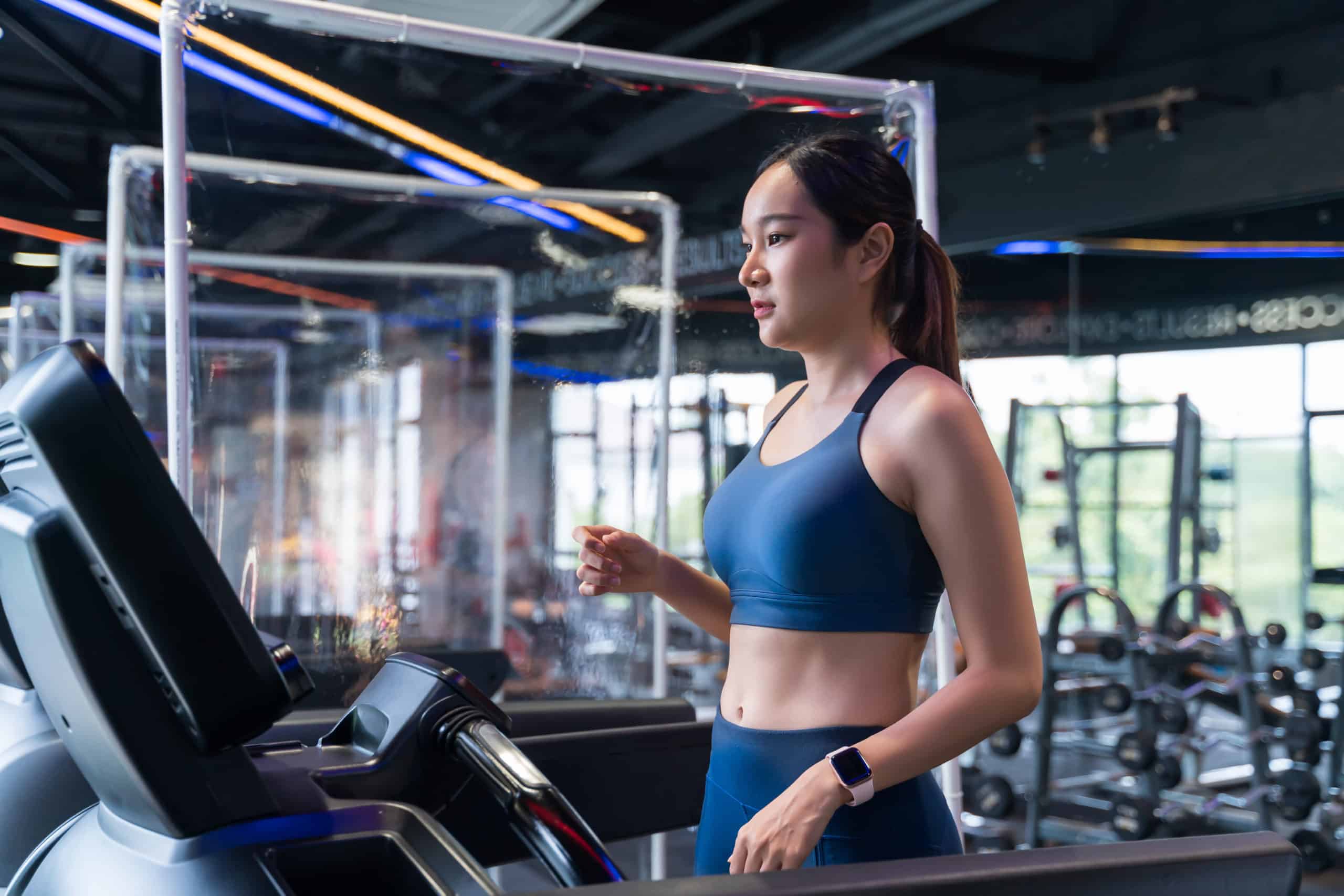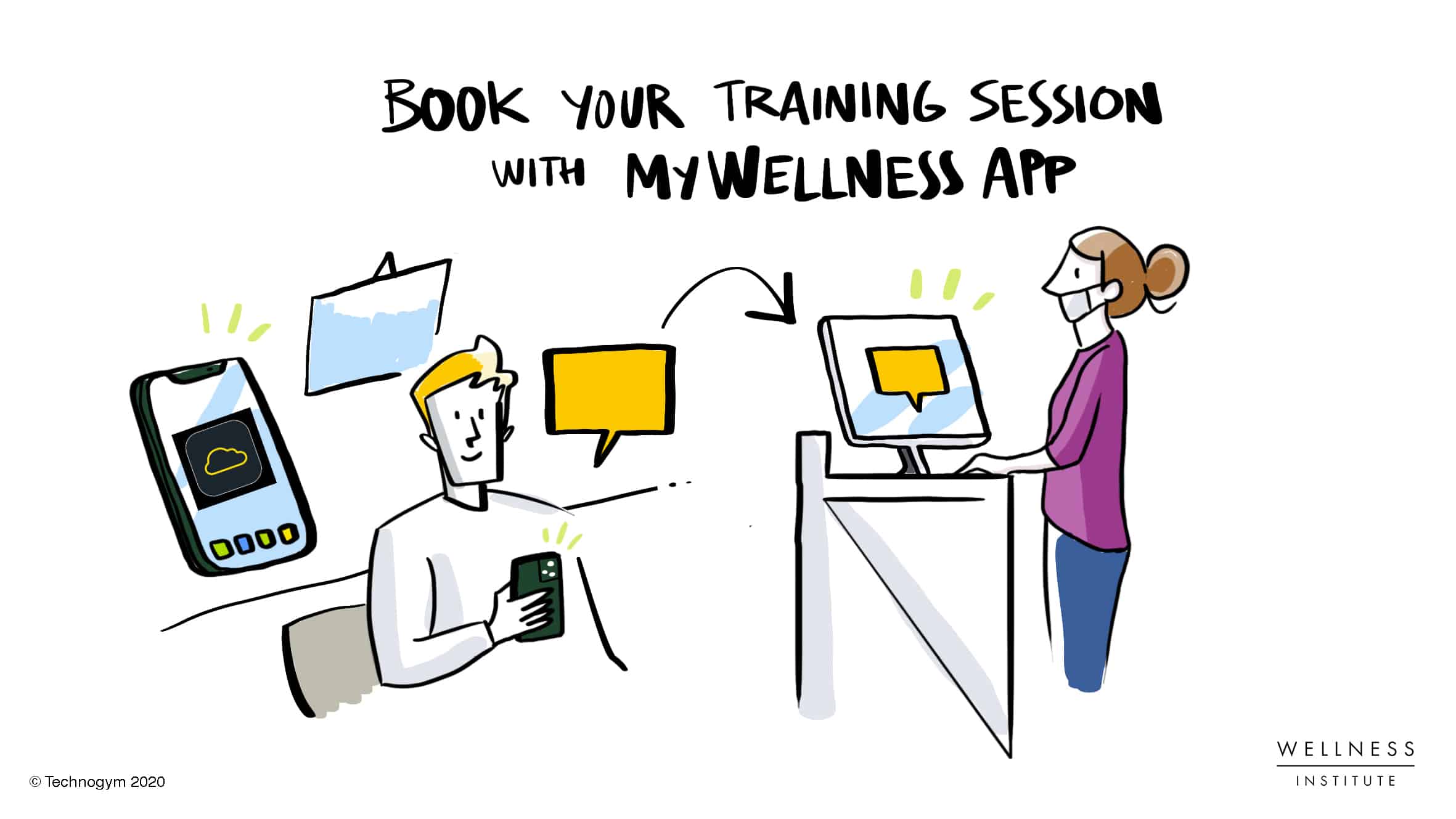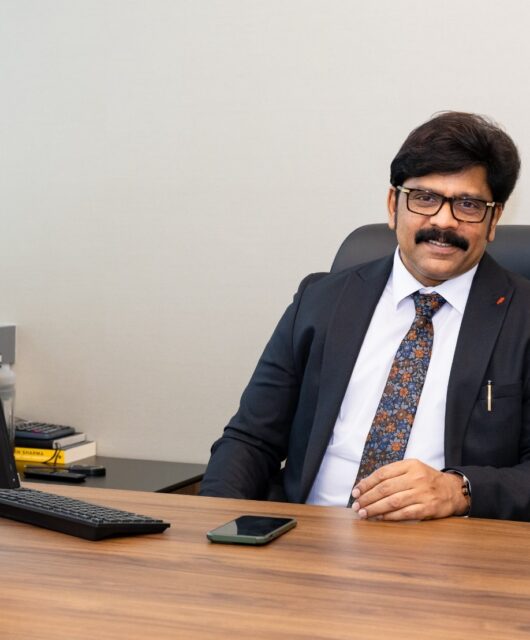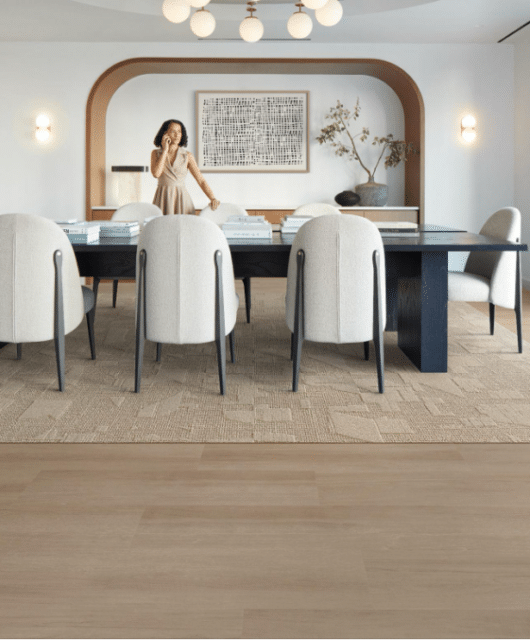 Industry experts on how the gyms will look and function in the future
Industry experts on how the gyms will look and function in the future
By Roma Arora
As COVID-19 is defining the new normalcy in the world, the fitness industry would also change forever. As governments in many countries are easing lockdown restrictions, fitness facilities are getting ready to re-open and welcome back customers. After the pandemic, health has certainly risen to the top of the list of consumers personal priorities, especially after so many weeks of lockdown. Now more than ever the importance of movement and exercise, with the support and motivation of fitness professionals, will be in high demand.
NEED TO RESTRUCTURE THE SPACE
Gyms and fitness centres today are faced with a great challenge. Struggling with balancing the safety of their guests while still trying to provide the most essential of well-being resources in a post COVID-19 era. During the confinement period, online training and technology-based workouts took the lead. Those newfound initiatives appeared to be very interesting. However, replacing going to the gym by home training is not an easy task; going to a health club which represents a professional space with professional gear is essential for gym-goers. The human experience has to be taken into consideration, the motivation ‘in-person’ communities bring is a great factor in favouring going to the gym and experiencing the social energy it brings.
 Rabih Geha, founder of Rabih Geha Architects explains: “We as designers propose we adapt to the new conditions and start by restructuring health clubs. We have to work to ensure social distancing by rebalancing the future floor plan with a design-first approach. This can be achieved with personalised functional training pods, digital workout guidance, smart storage solutions, guided flooring, controlled traffic flow, visual aids, effective signage, to name a few. We should also strongly incorporate visual guidance regarding hygiene protocols and best practices to support the fitness floor. These challenges may bring unique opportunities to define the future of a new fitness experience where space optimisation and the incorporation of safety measures will help deliver the best workout experience for gym-goers.”
Rabih Geha, founder of Rabih Geha Architects explains: “We as designers propose we adapt to the new conditions and start by restructuring health clubs. We have to work to ensure social distancing by rebalancing the future floor plan with a design-first approach. This can be achieved with personalised functional training pods, digital workout guidance, smart storage solutions, guided flooring, controlled traffic flow, visual aids, effective signage, to name a few. We should also strongly incorporate visual guidance regarding hygiene protocols and best practices to support the fitness floor. These challenges may bring unique opportunities to define the future of a new fitness experience where space optimisation and the incorporation of safety measures will help deliver the best workout experience for gym-goers.”
TECHNOLOGY IS AT CENTRE
Technogym, one of the leading manufacturers of fitness equipments is focussing on technology. The current time has also given a strong acceleration to the digital revolution in all sectors. During such times, Technogym’s Mywellness app is making things easier for people to return to gyms post lockdown and during the pandemic, so it is what a lot of operators will be using. During lockdown fitness facilities connected with consumers using Technogym’s Mywellness platform by engaging and coaching them and offering training experiences and support services, at home, digitally. In the re-opening phase technology will continue to play a key role to help operators both to offer engaging experiences and a safe environment.
 Social distancing will represent a key consideration for clubs to be compliant to local regulations as well as protect members whilst training. Partnering with Technogym at this current time will ensure you have a comprehensive re-opening strategy, The platform is also introducing brand new features for booking facilities services such as gym floor, classes, swimming pool. Members will be able to easily book, from home or while travelling to the club, their preferred training spot. This will streamline reception operations and ensure member a seamless customer experience, creating confidence to customers at the same time. The heart of any fitness business is its community. Especially during an unsettling and unknown time, keeping the community connected to the business—and to one another—is more important than ever. The coronavirus pandemic has raised concerns about working out in a public gym in the presence of other people, including instructors. That means it’s time to re-think gyms.
Social distancing will represent a key consideration for clubs to be compliant to local regulations as well as protect members whilst training. Partnering with Technogym at this current time will ensure you have a comprehensive re-opening strategy, The platform is also introducing brand new features for booking facilities services such as gym floor, classes, swimming pool. Members will be able to easily book, from home or while travelling to the club, their preferred training spot. This will streamline reception operations and ensure member a seamless customer experience, creating confidence to customers at the same time. The heart of any fitness business is its community. Especially during an unsettling and unknown time, keeping the community connected to the business—and to one another—is more important than ever. The coronavirus pandemic has raised concerns about working out in a public gym in the presence of other people, including instructors. That means it’s time to re-think gyms.
SOCIAL DISTANCING IS THE NEW NORM
Rasha Alkady, principal architect and founder at Studio KAD, says: “One entrepreneur developed a system to open his group classes back up while following social distancing guidelines. He assembled PVC pipes, shower curtains, and zip ties to create three-walled workout shields for gym members to attend class. Those qualms aside, the design is in line with some best practices we’ve already seen, in that it’s notably similar to a well-researched project called ‘the COVID Shield’, developed by a leading healthcare architecture firm, CannonDesign. The COVID Shield places healthcare workers inside three-walled plexiglass cubes. While these workout pods certainly aren’t foolproof when it comes to spreading COVID-19, the design gets a nod for thrift and ingenuity, and for being used in combination with other health-screening efforts.”

In this uncertain time, business owners will need to do everything possible to ensure their adjusted-models are viable for the longterm commercially. As the fitness-industry design adopts new guidelines and harsh post- COVID circumstances, owners might eliminate showers and locker facilities to enable social distancing. “They might also stagger gym attendance to allow for housekeeping sessions throughout the day. During the pandemic, many people took classes online. While online fitness may remain appealing to many, it won’t replace the traditional space where people get-together. Brick-and-mortar gyms will look different, however, future gyms will instead be divided into sections that are independently equipped with modular tools, equipment that can be replicated across the gym. That way, each person can exercise without sharing any equipment or getting too close. The design community has also been galvanised in a search of solutions to help restore social life and heal people’s mental health. While the pandemic forced us to reorganise our shared spaces, the lockdown has given us the time to rethink what we want our social life to look like. And although we may have to wave goodbye to the lively, crowded spaces including gyms that we used to love, at least for some time, we also have the unique opportunity to rediscover what togetherness means in new spaces – and to reimagine those spaces from scratch,” feels Alkady.







